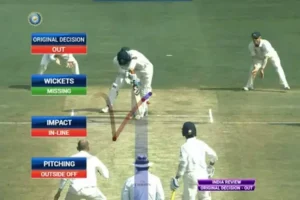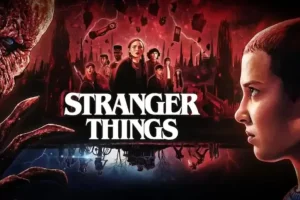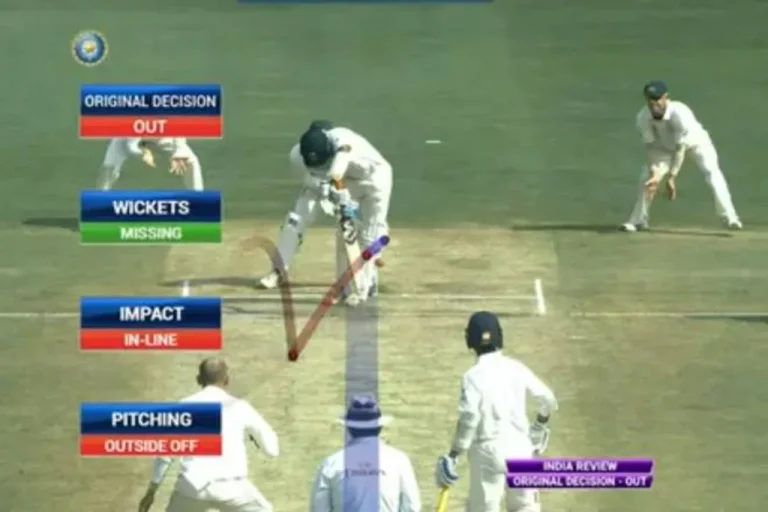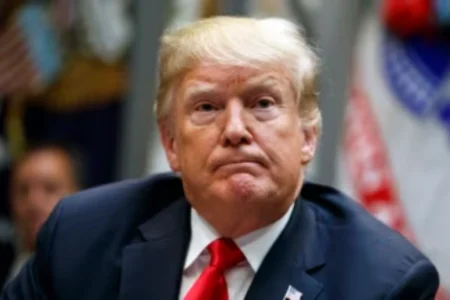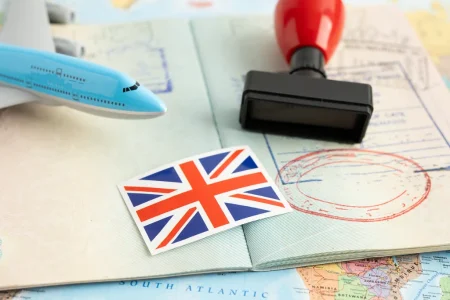Have you ever sat watching a match, and the umpire gives a decision that just feels off? Maybe the ball brushed the bat, or maybe it did not — it is hard to tell. That is where DRS comes in. It stands for Decision Review System. But if you ask around, most fans just think of it as a second chance when something looks off. Like, was that really out? Did it hit the bat? The tech part helps, slow replays, ball tracking and all that stuff. It is not foolproof, but honestly, it is better than leaving it all to guesswork.
\What Is DRS?
DRS is basically the backup plan when players think the umpire might have made a mistake. It uses technology to take a closer look at what really happened. So if someone feels the call was off, they can ask for a review. It is mostly there to cut down on those human slip-ups and give both teams a fair shot.
Who Can Use DRS?
Both batting and fielding teams can ask for a DRS review. But they must do it quickly, usually within 15 seconds after the umpire gives the decision.
Each team usually gets:
- 2 reviews per innings in Test matches
- 1 review per innings in One Day Internationals (ODIs) and T20 matches
If the review is successful (means the umpire’s decision is changed), the team keeps the review. But if it is unsuccessful, they lose it.
How Does DRS Work?
Once a team asks for a review, it’s the third umpire — the one watching from off the field — who steps in. They go over the footage using a bunch of tools to figure out what really happened.
First up is ball tracking, often called Hawk-Eye. It shows exactly where the ball landed, how it moved, and whether it would’ve gone on to hit the stumps. This one’s especially useful when it comes to LBW calls — those tricky leg-before-wicket situations where it is hard to tell with the naked eye.
Another tool the third umpire uses is UltraEdge or sometimes Snickometer. Basically, it picks up tiny sounds like when the ball just brushes the bat. Even the slightest sound, if it lines up with the ball passing the bat, can be enough to tell if there was a nick. It really helps figure out if the batter actually touched it.
Then there is Hot Spot, although it is not used in every match. It works by showing heat marks on the bat or pad. So, if the ball made contact, you will literally see a bright spot pop up on the screen.
And of course, there are slow-motion replays. These are used all the time to check tight run-outs, catches near the ground and those little moments you just can not catch at full speed.
What Happens After the Review?
The third umpire carefully watches all angles and tools. Then, he either tells the on-field umpire to:
- Change the decision if DRS shows the original call was wrong.
- Stick with the original decision if the evidence is not clear or supports the umpire.
کے لیے LBW cases, if the ball is only just clipping the stumps (called Umpire’s Call), the original decision stays.
Why Is DRS Important?
Before DRS, umpires’ mistakes could change the result of big matches. With DRS, players and fans now feel that there is more fairness and accuracy in the game.
Also read this: History of Pakistan’s World Cup Wins – A Journey of Glory

